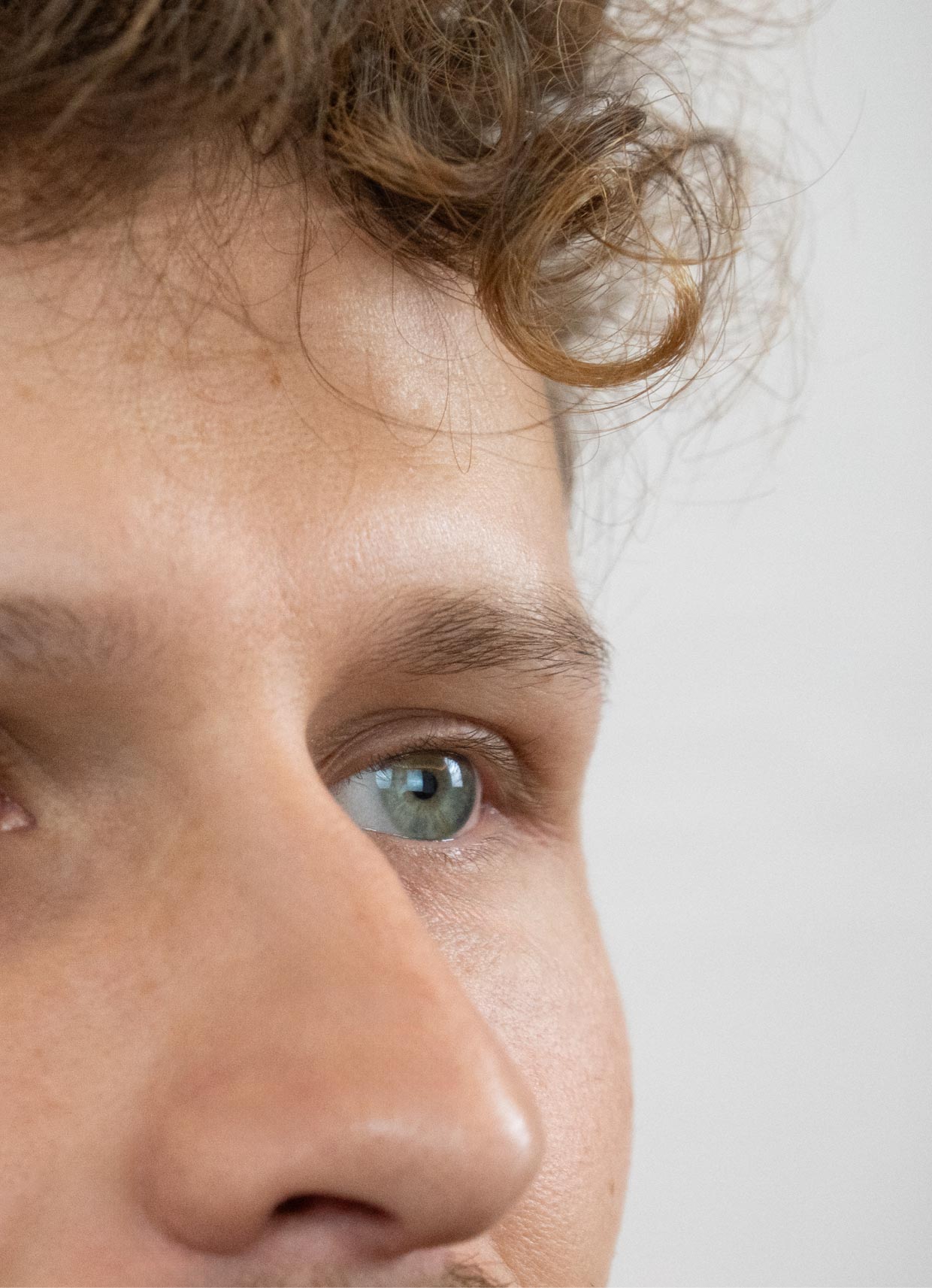
Why rhinoplasty?
The term "rhinoplasty" refers to the modification of the morphology of the nose, with the aim of improving aesthetics and sometimes function (correction of possible nasal breathing problems).
The aim of the procedure is to reshape the nose to make it more attractive. The aim is to specifically correct existing disfigurements, whether congenital, caused by trauma or due to the aging process.
The aim is to achieve a natural-looking nose that harmonizes with the rest of the face, suits the patient's psychology and personality, and meets the patient's requirements.
The principle is to use incisions concealed in the nostrils to reshape the bone and cartilage that form the nose's solid infrastructure and give it its distinctive shape. The elasticity of the skin covering the nose will have to adapt to this modified osteo-cartilaginous framework. This last point underlines the importance of skin quality in achieving the final result. As a result, rhinoplasty usually leaves little or no visible scarring on the skin.
When nasal obstruction hinders breathing, it can be treated in the same operation, whether due to a deviated septum or enlarged turbinates (bony formations in the nasal cavity).
The procedure, which can be performed on both men and women, can be carried out as early as the end of growth, i.e. from the age of around 16.
Duration of treatment
Between 1h30 and 2h30
Resuming physical activities
15 days
Treatment costs
On request